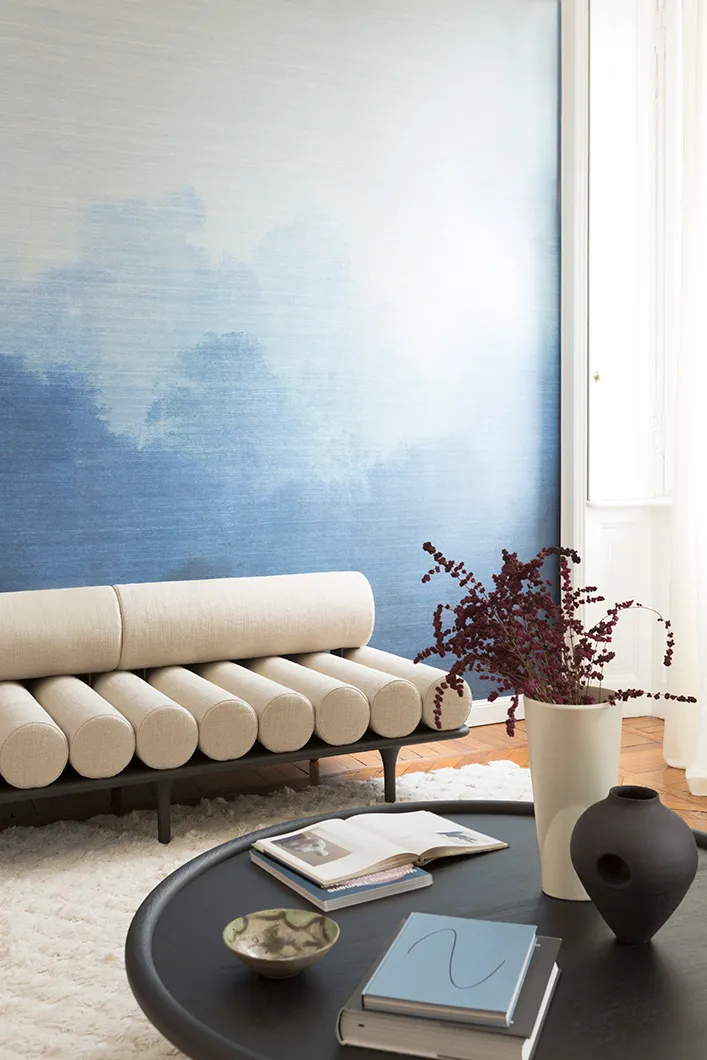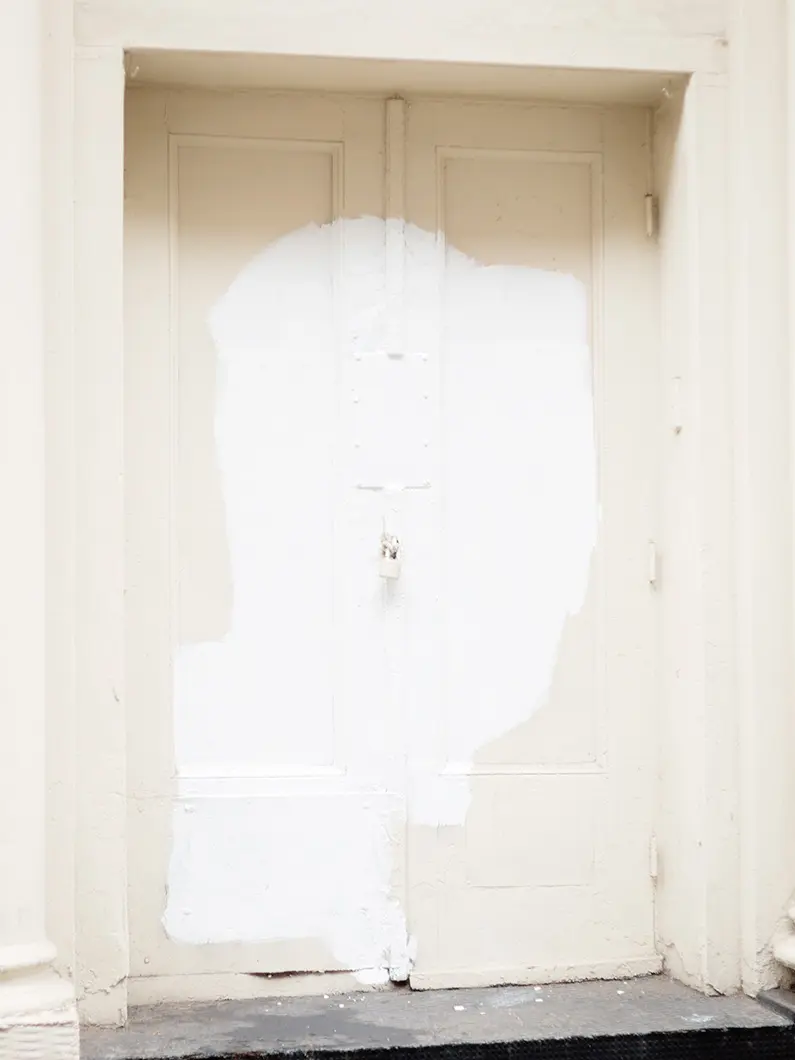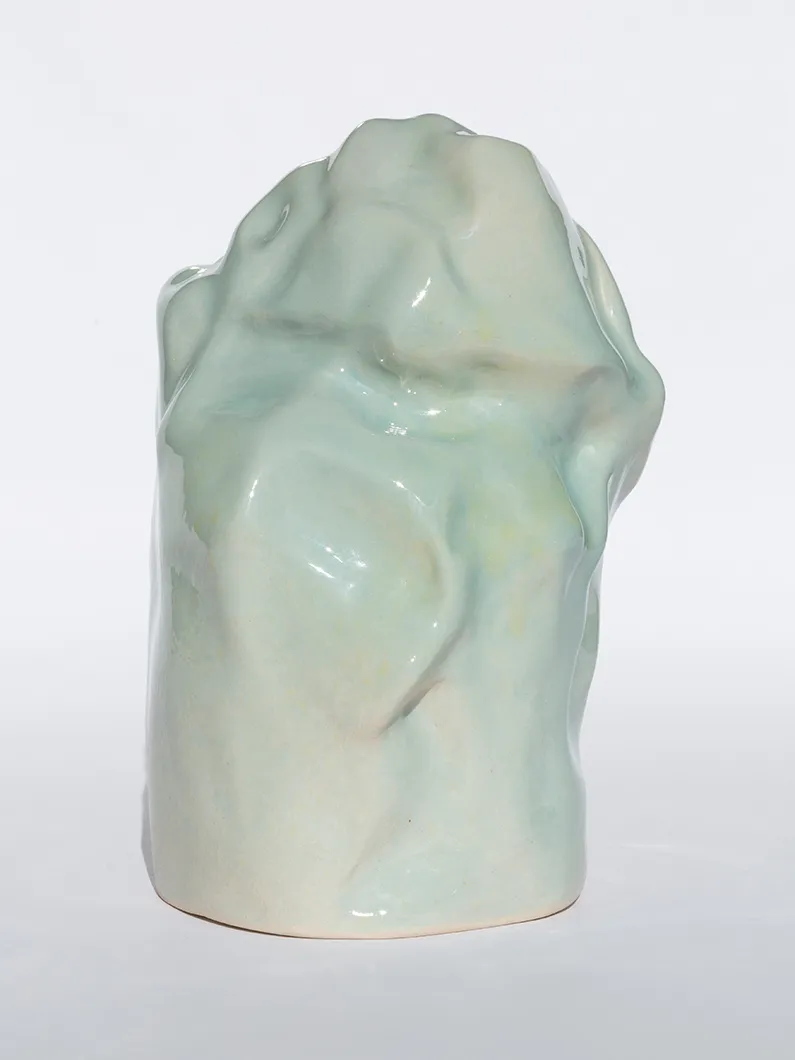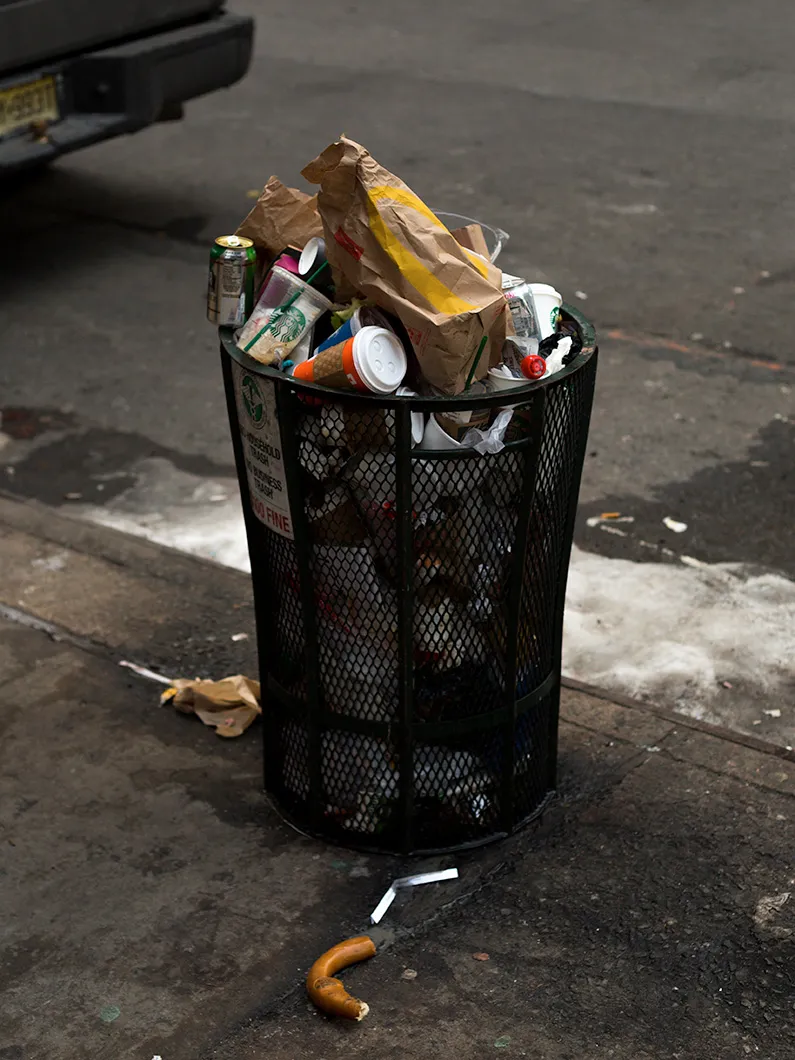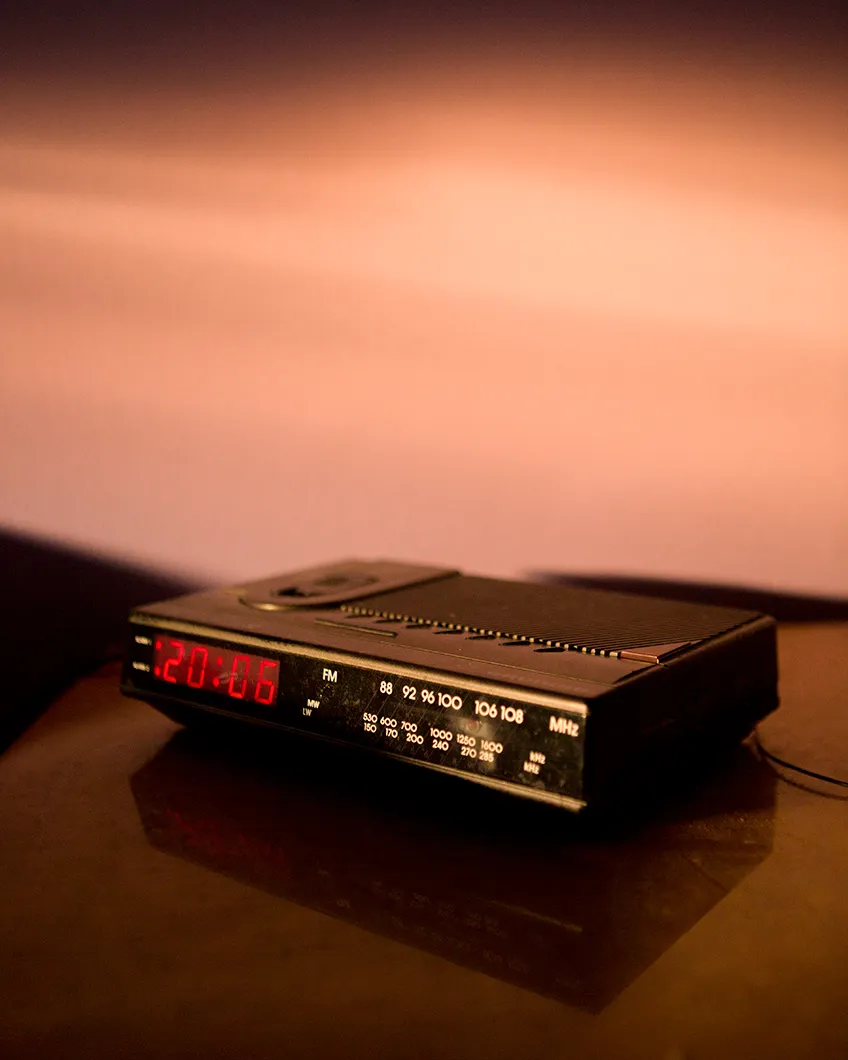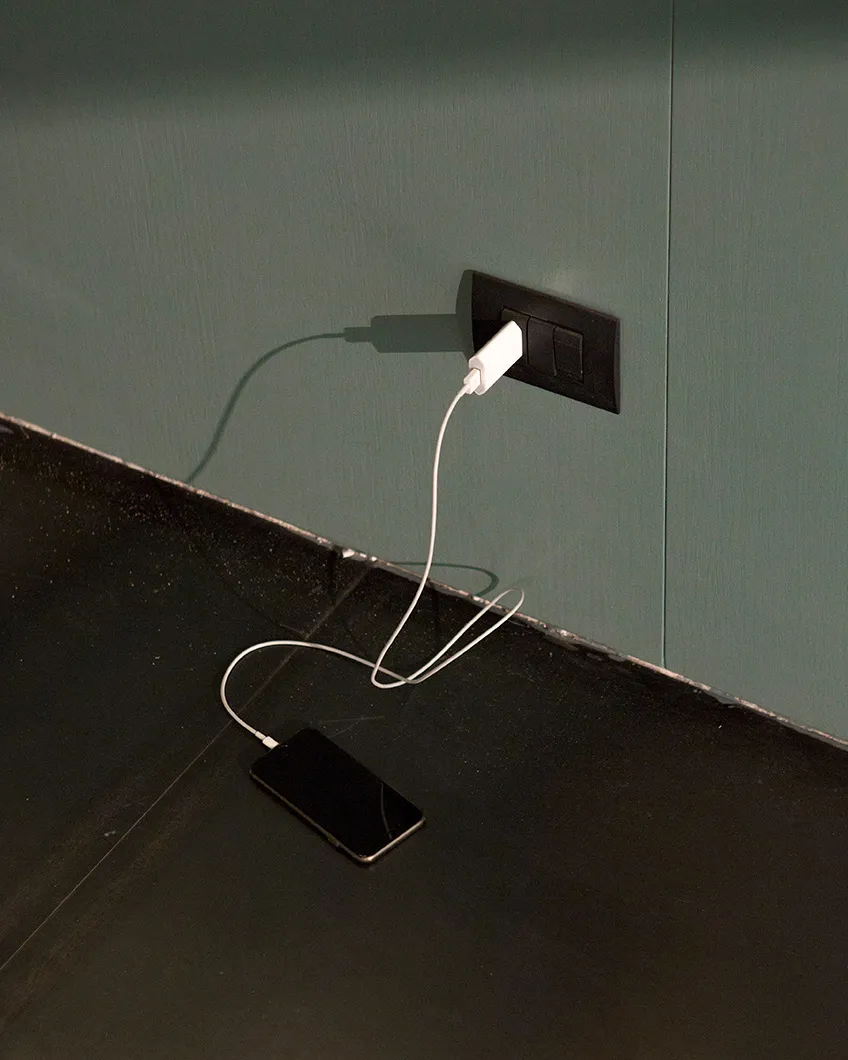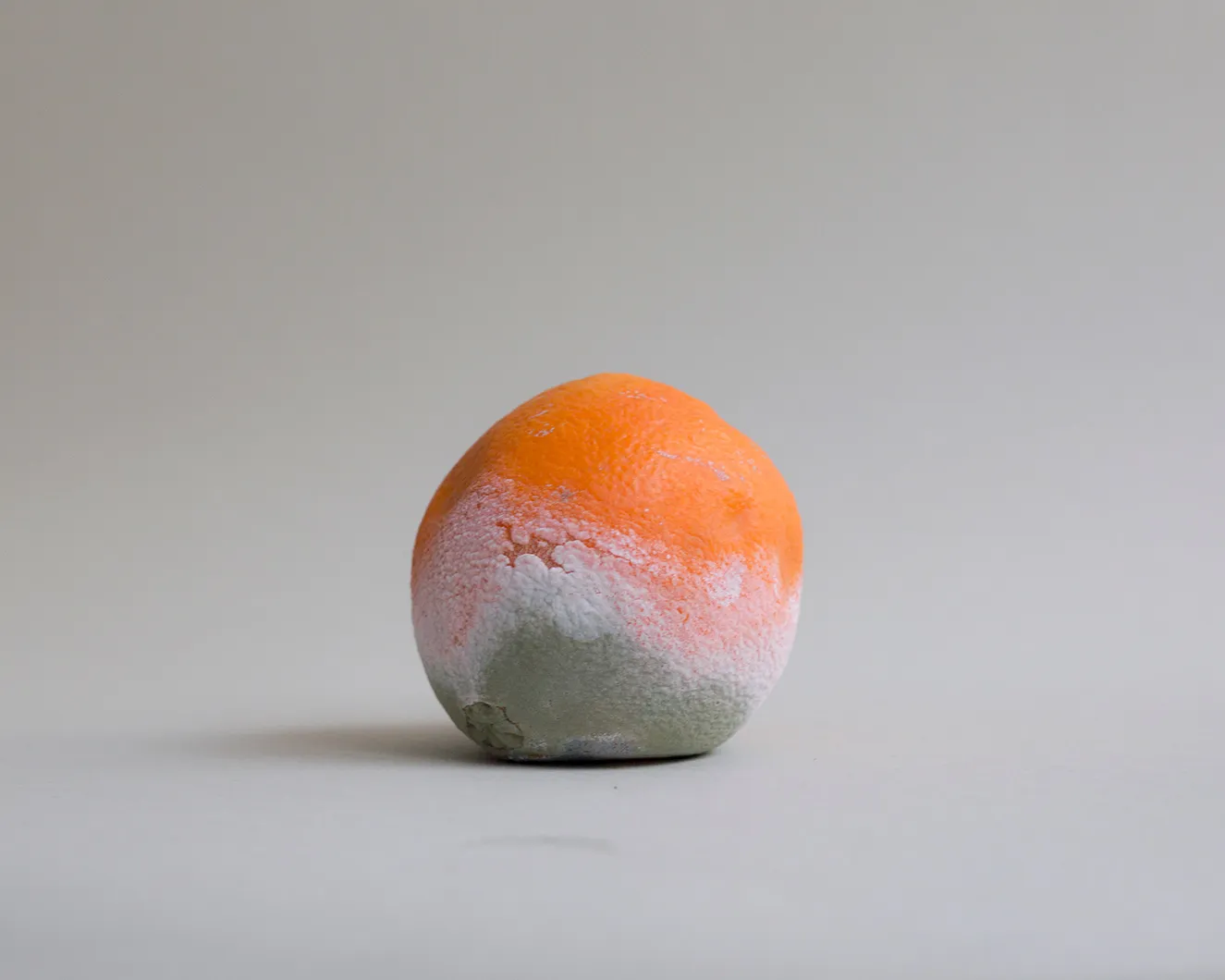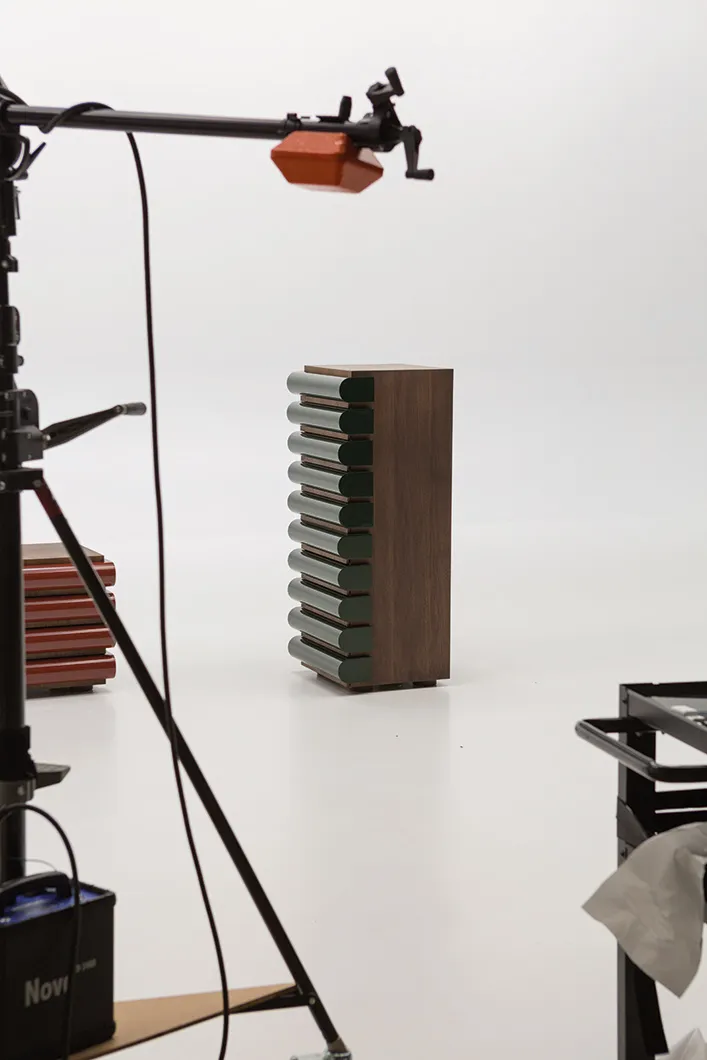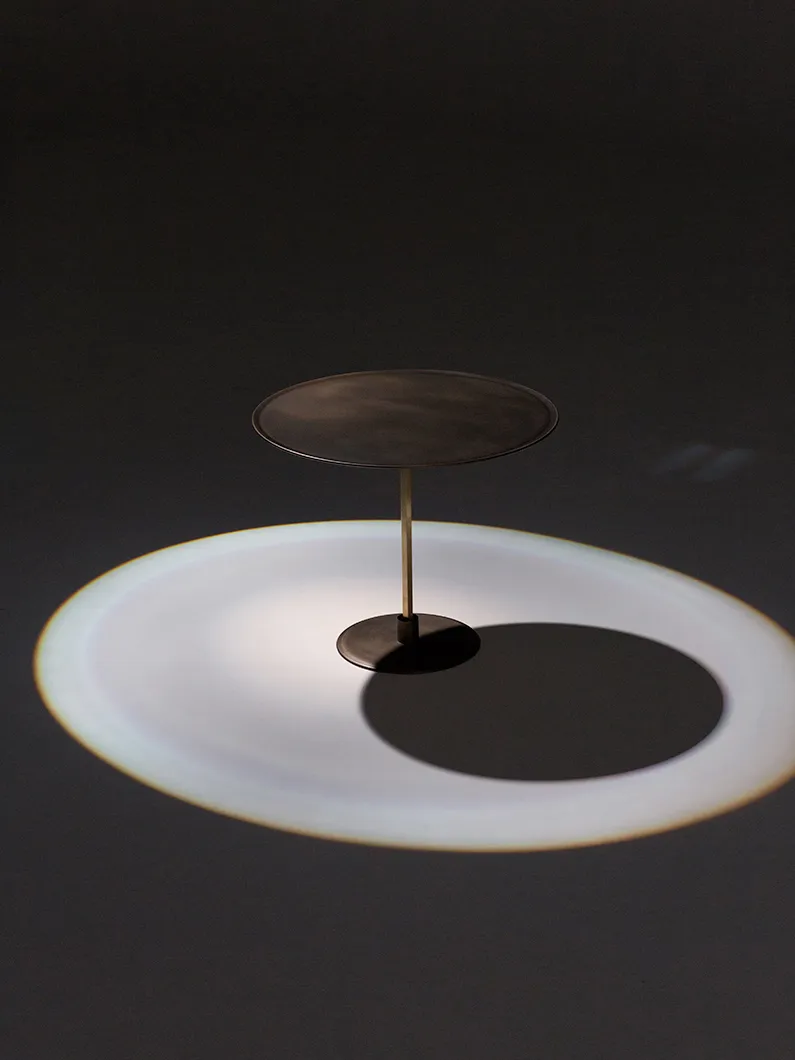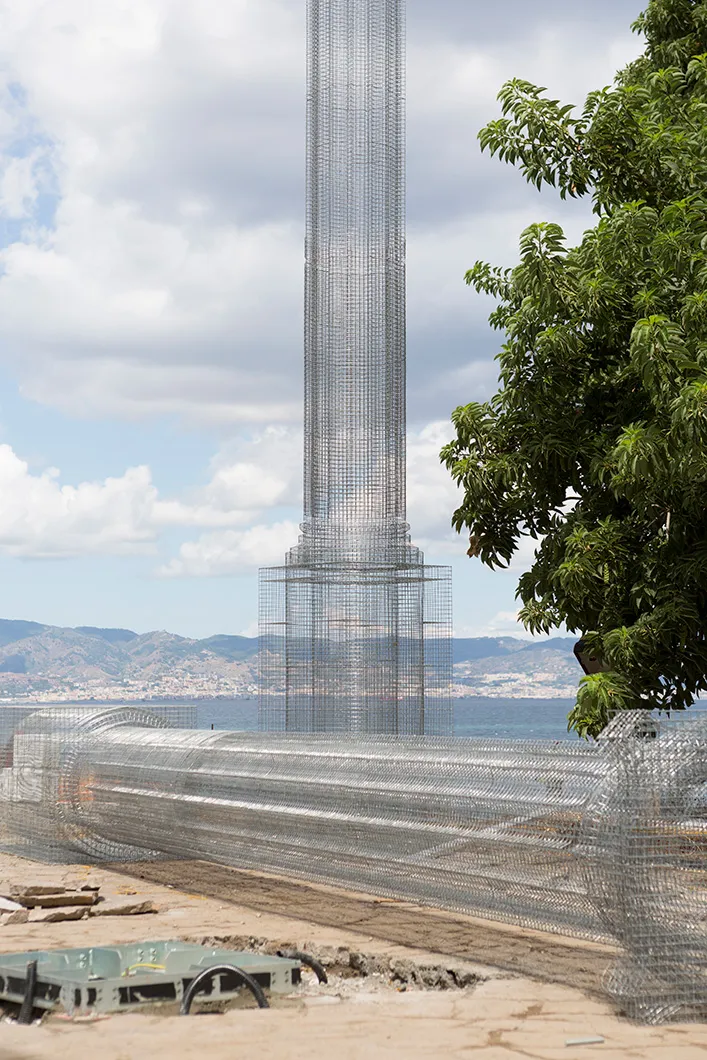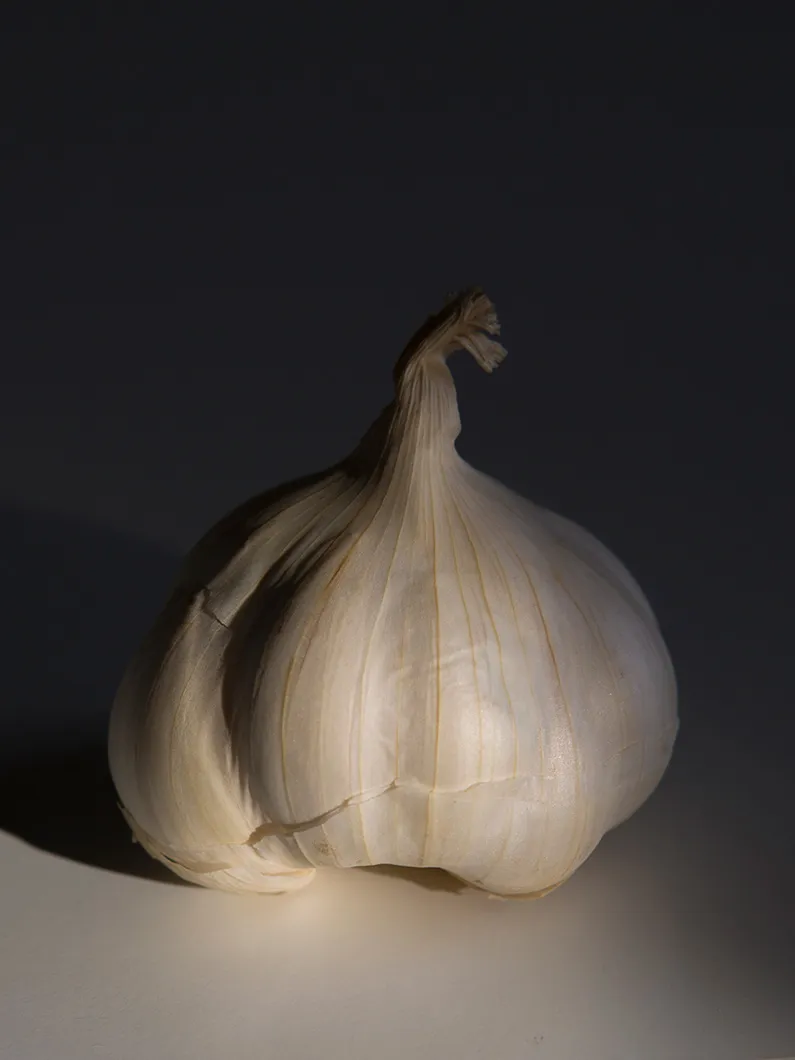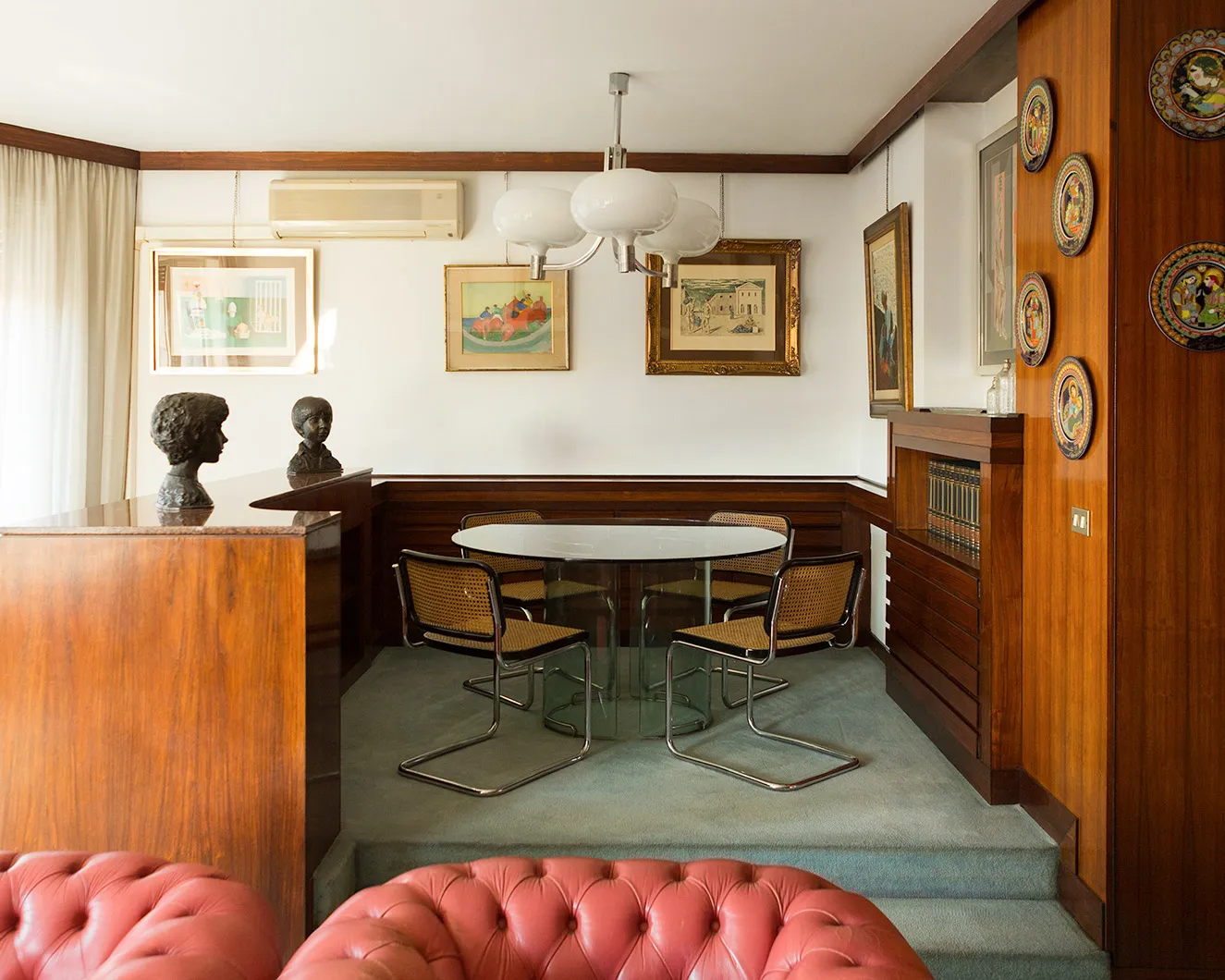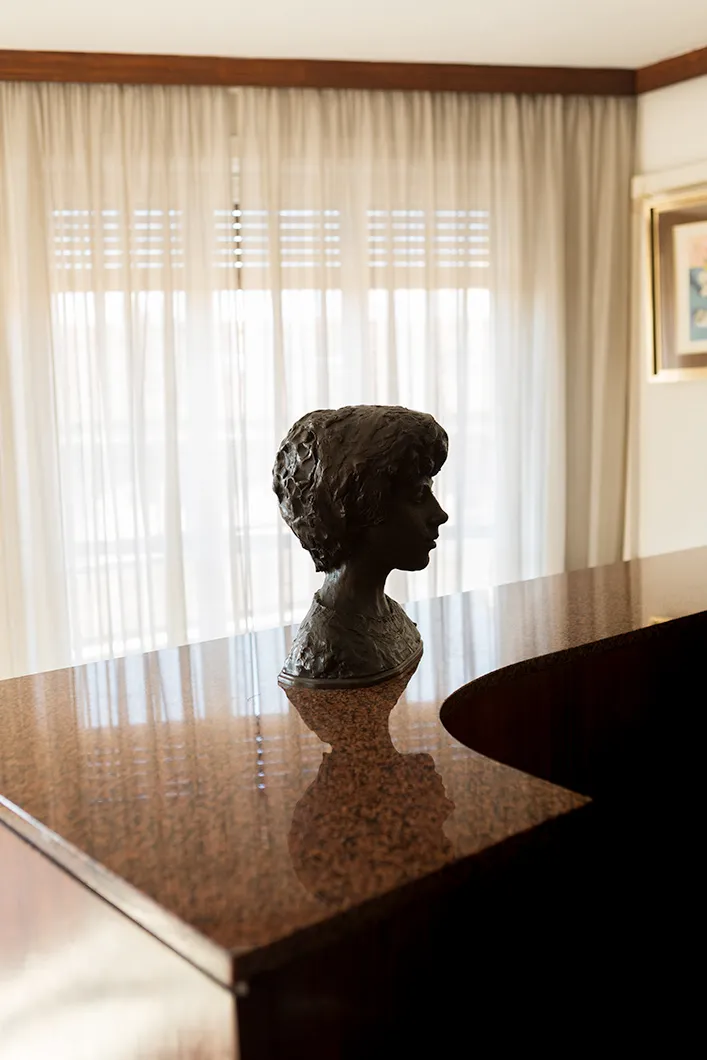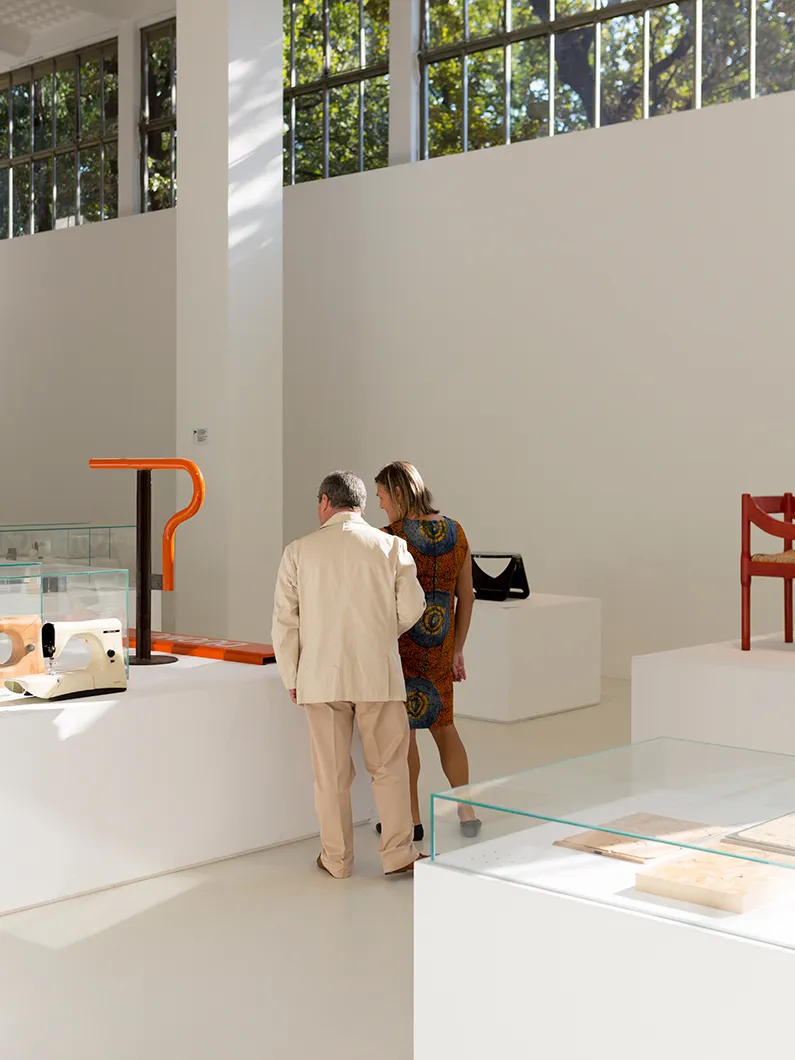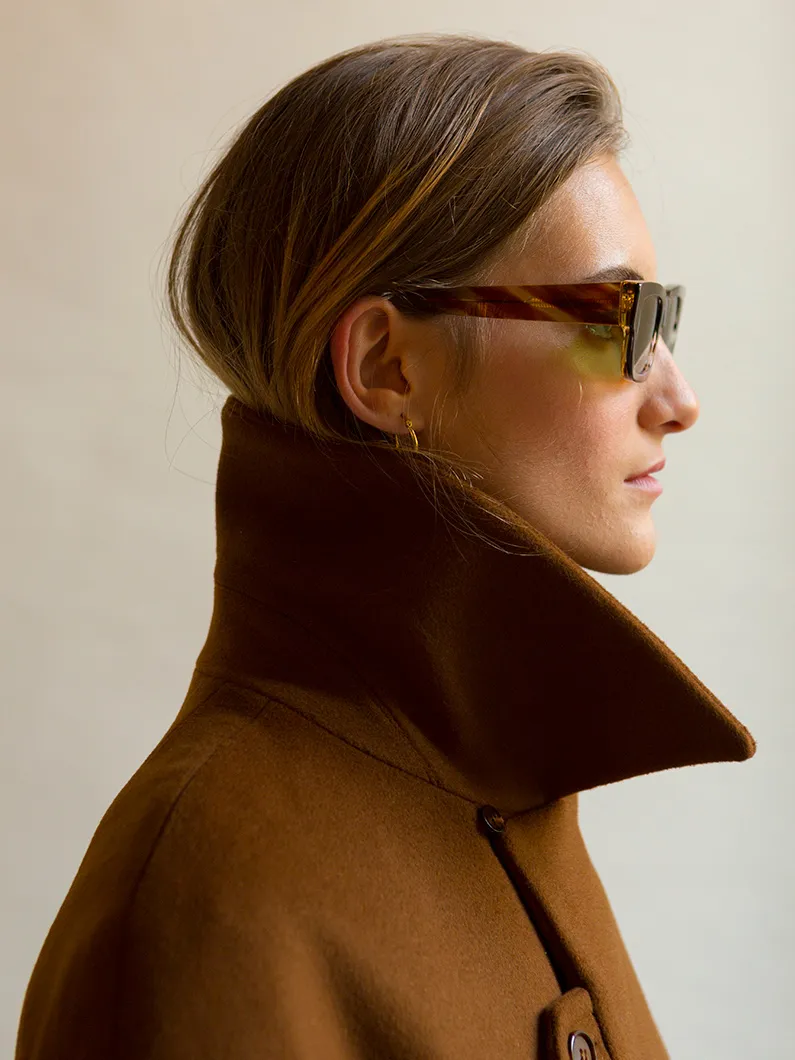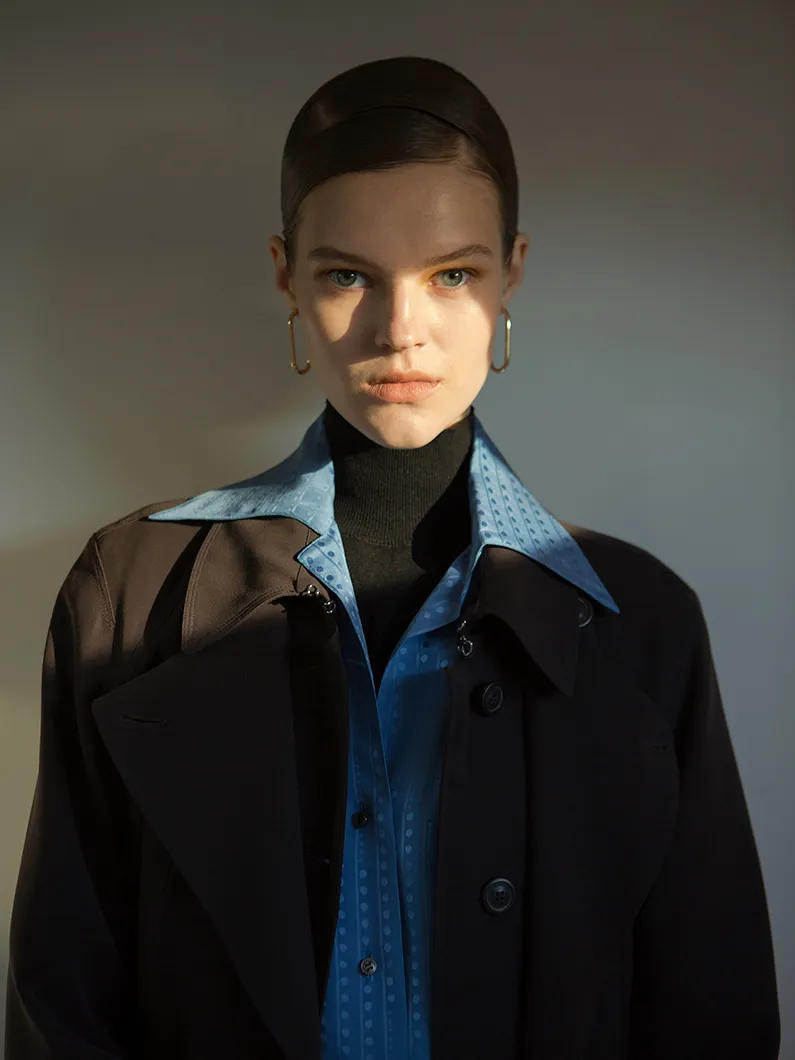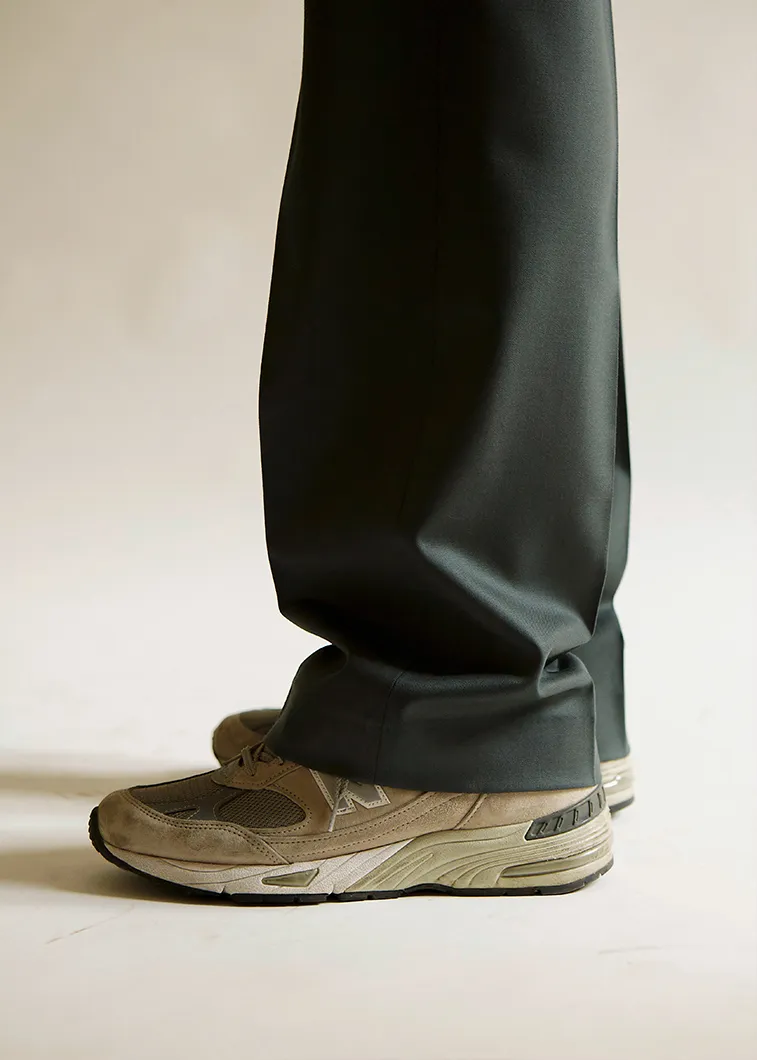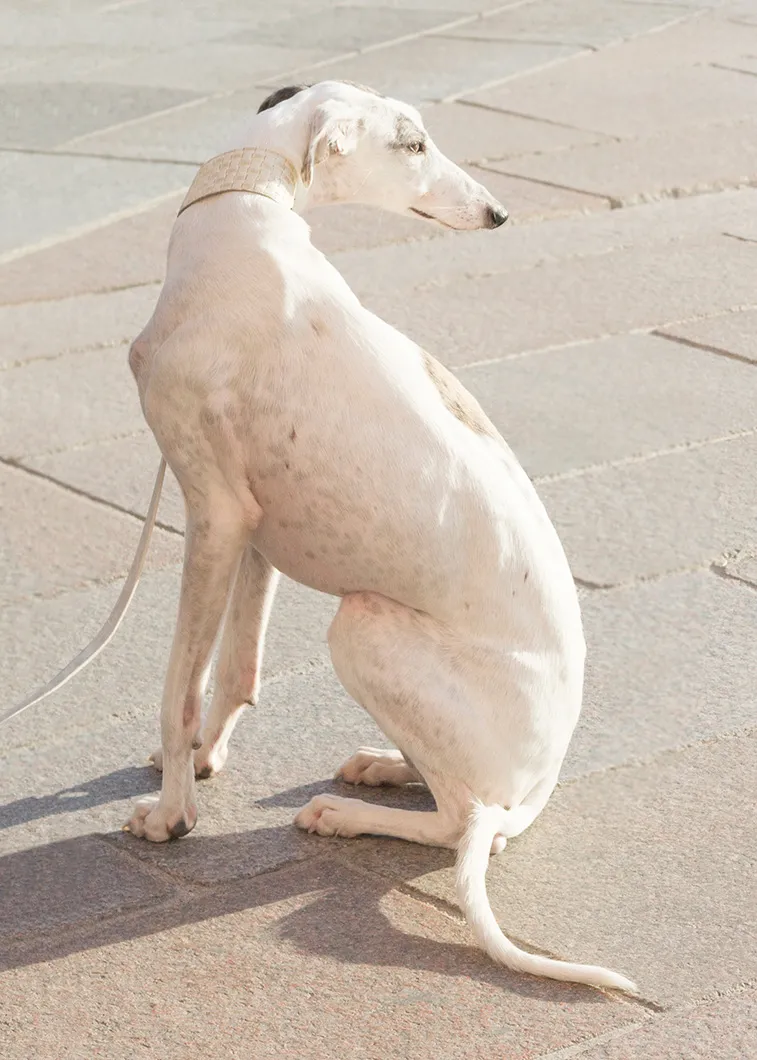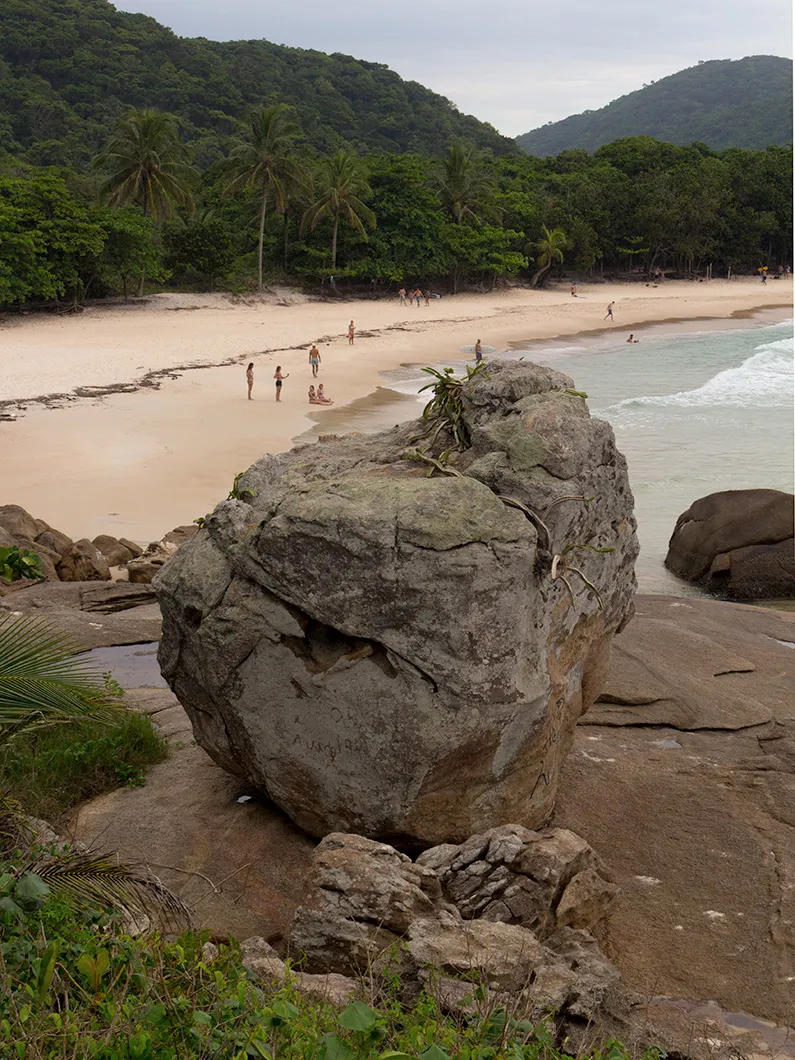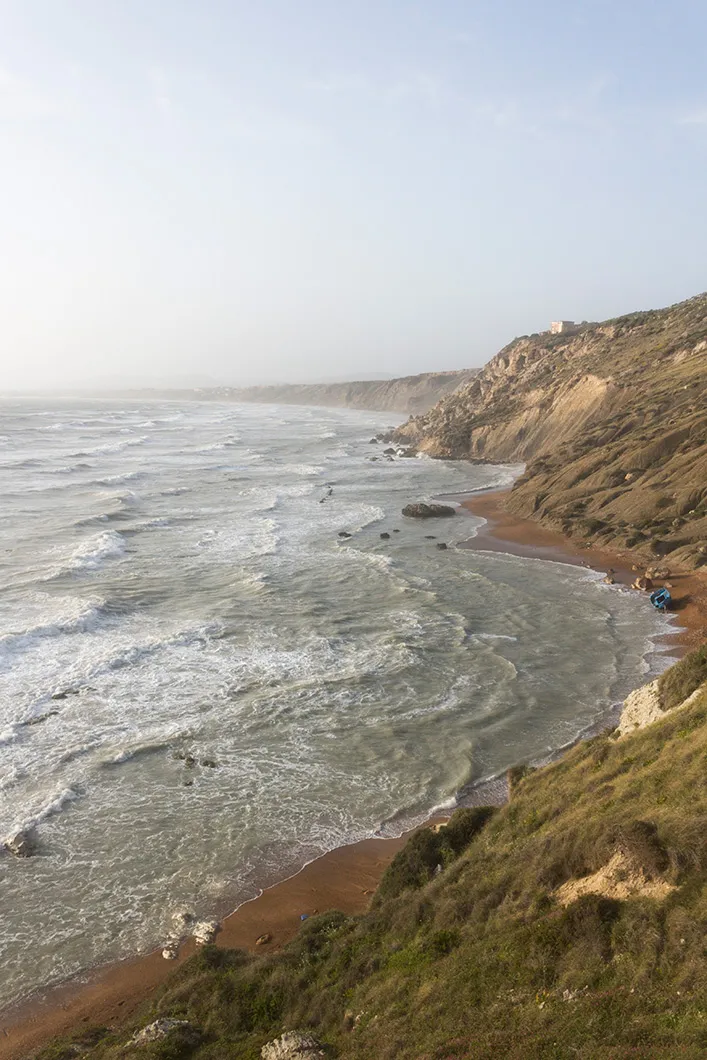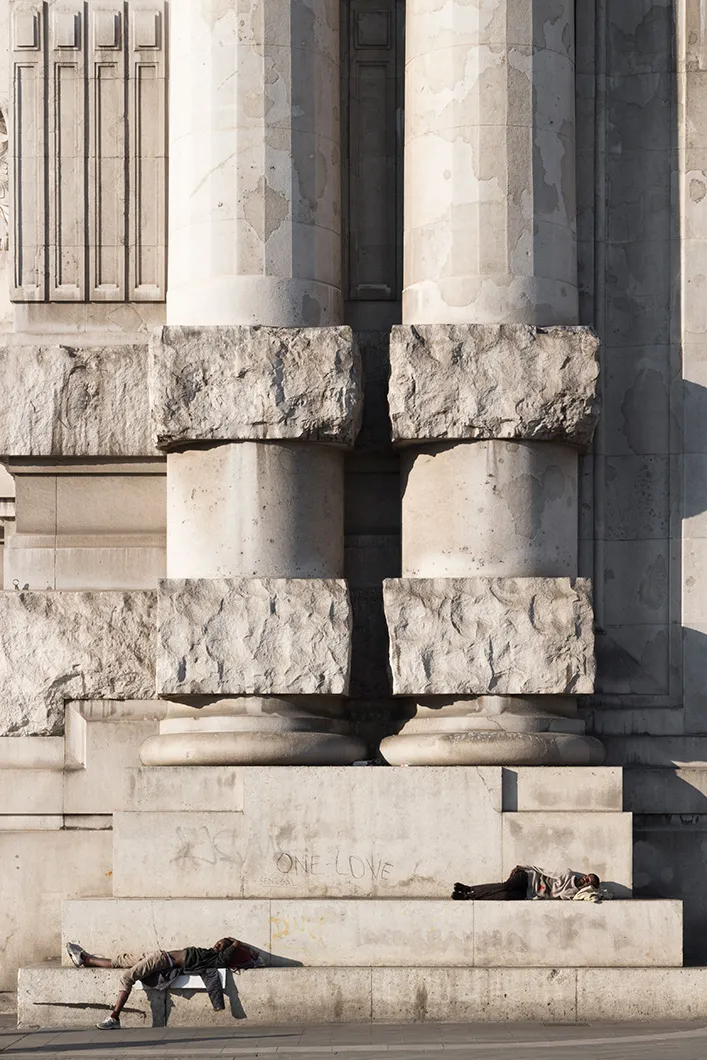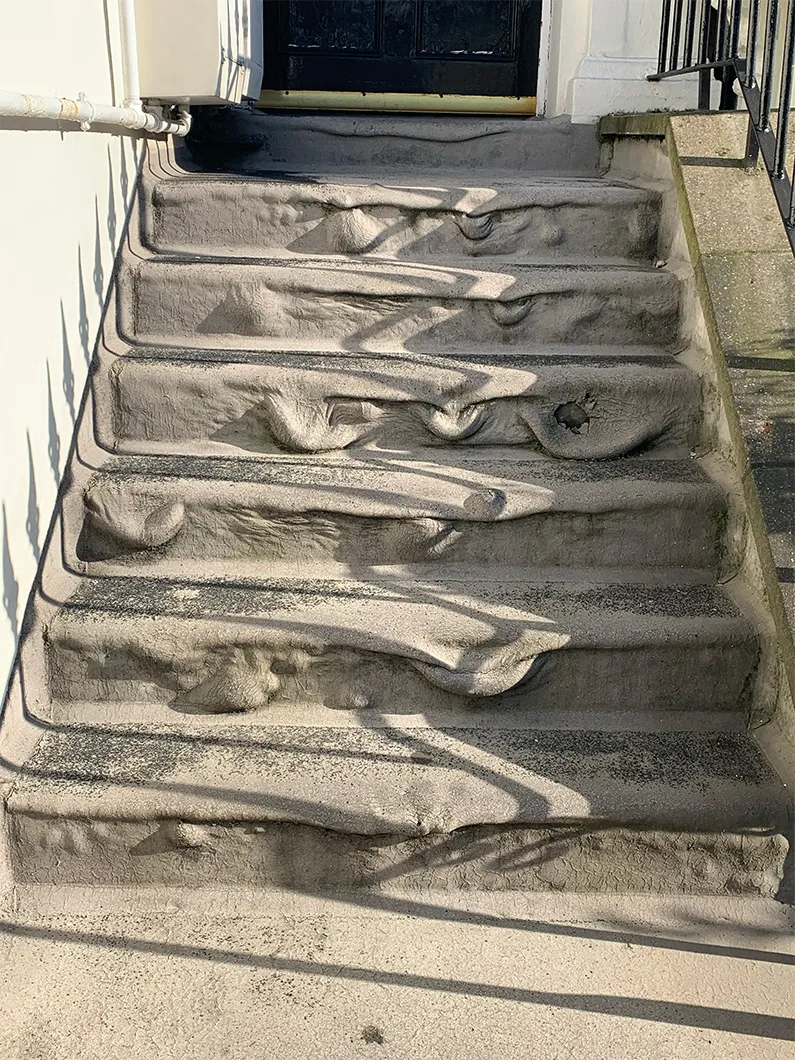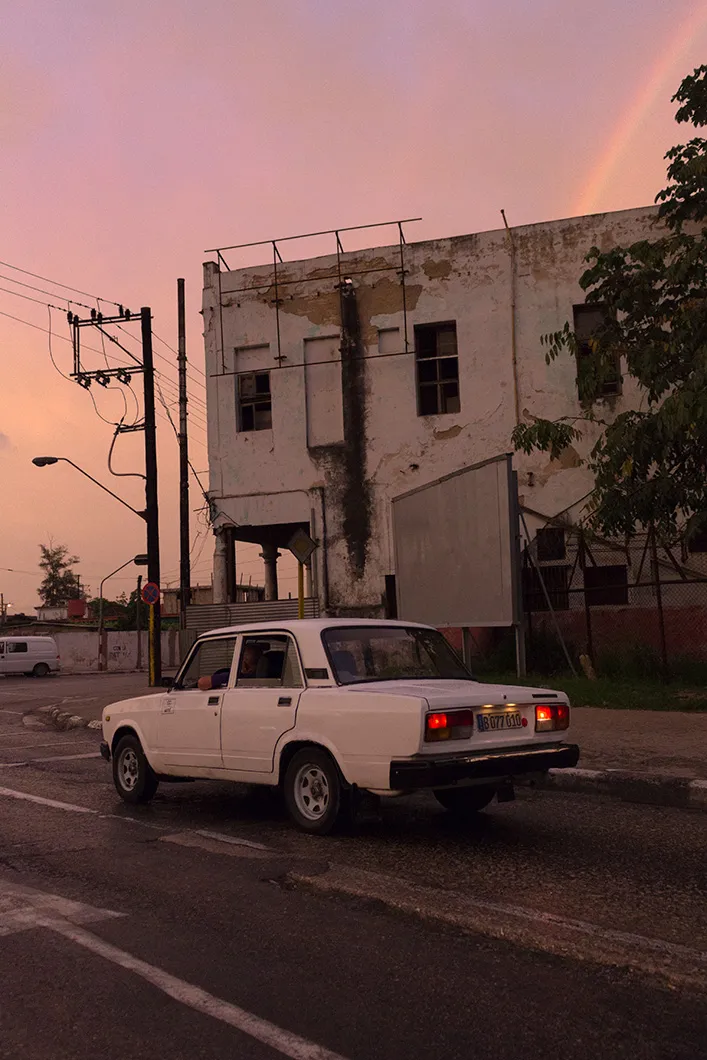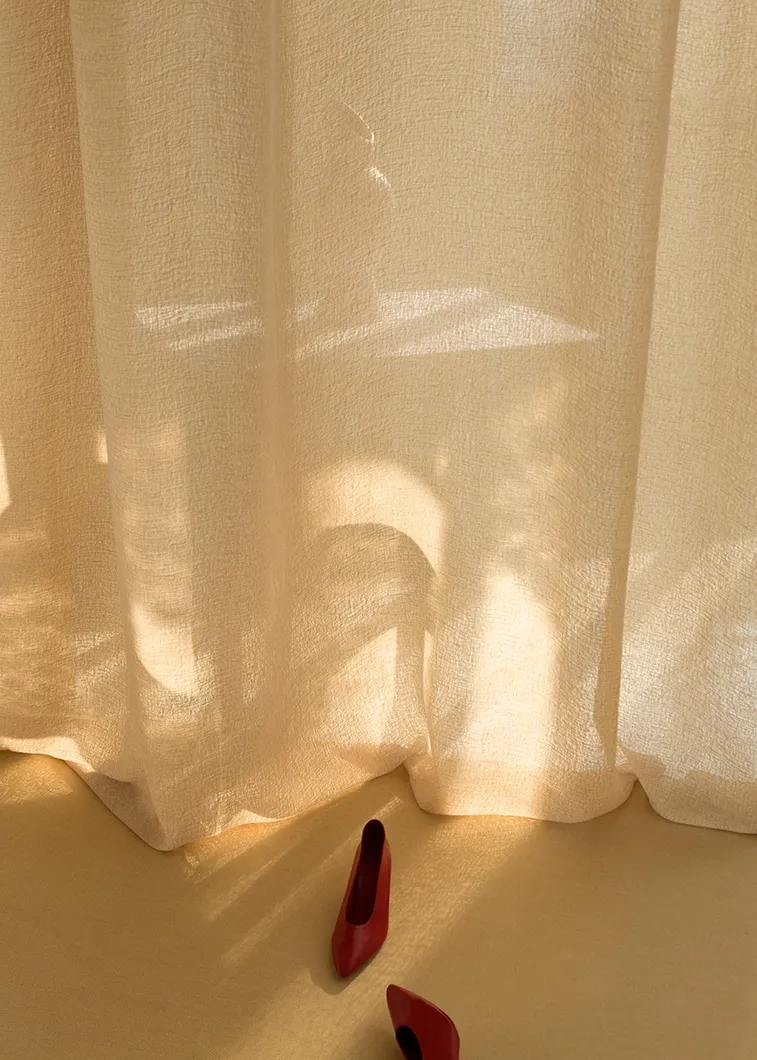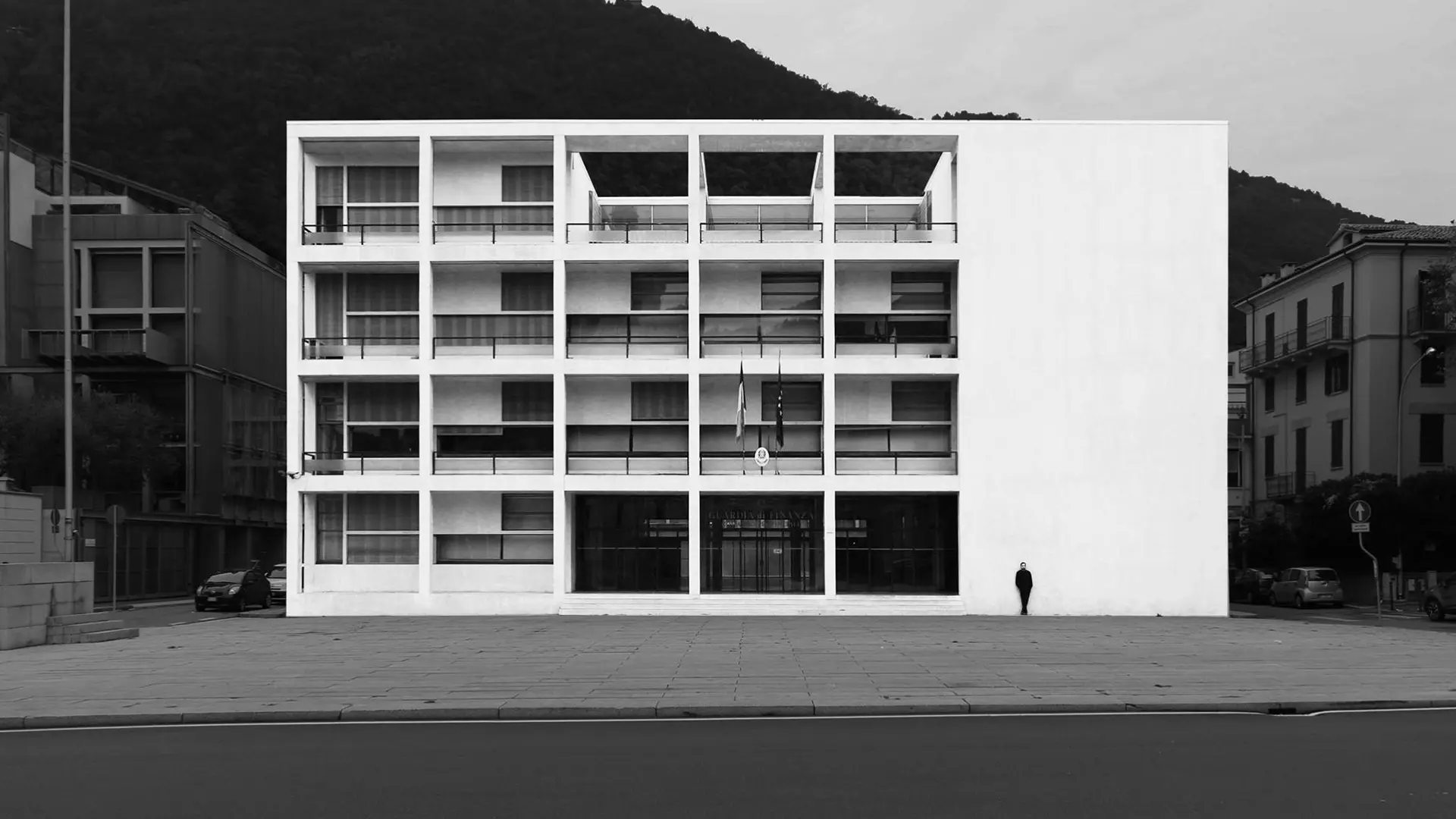Pure volumes, minimal or non-existent decoration, primacy of functionality, harnessing new materials: from the Casa del Fascio in Como to the railway station in Florence, the story of an experimental period that, after almost a century and several attempts at damnatio memoriae, remains a tangible presence in Italy.
Mattia Greghi: an escape to the limits of the portrait reaches the ocean
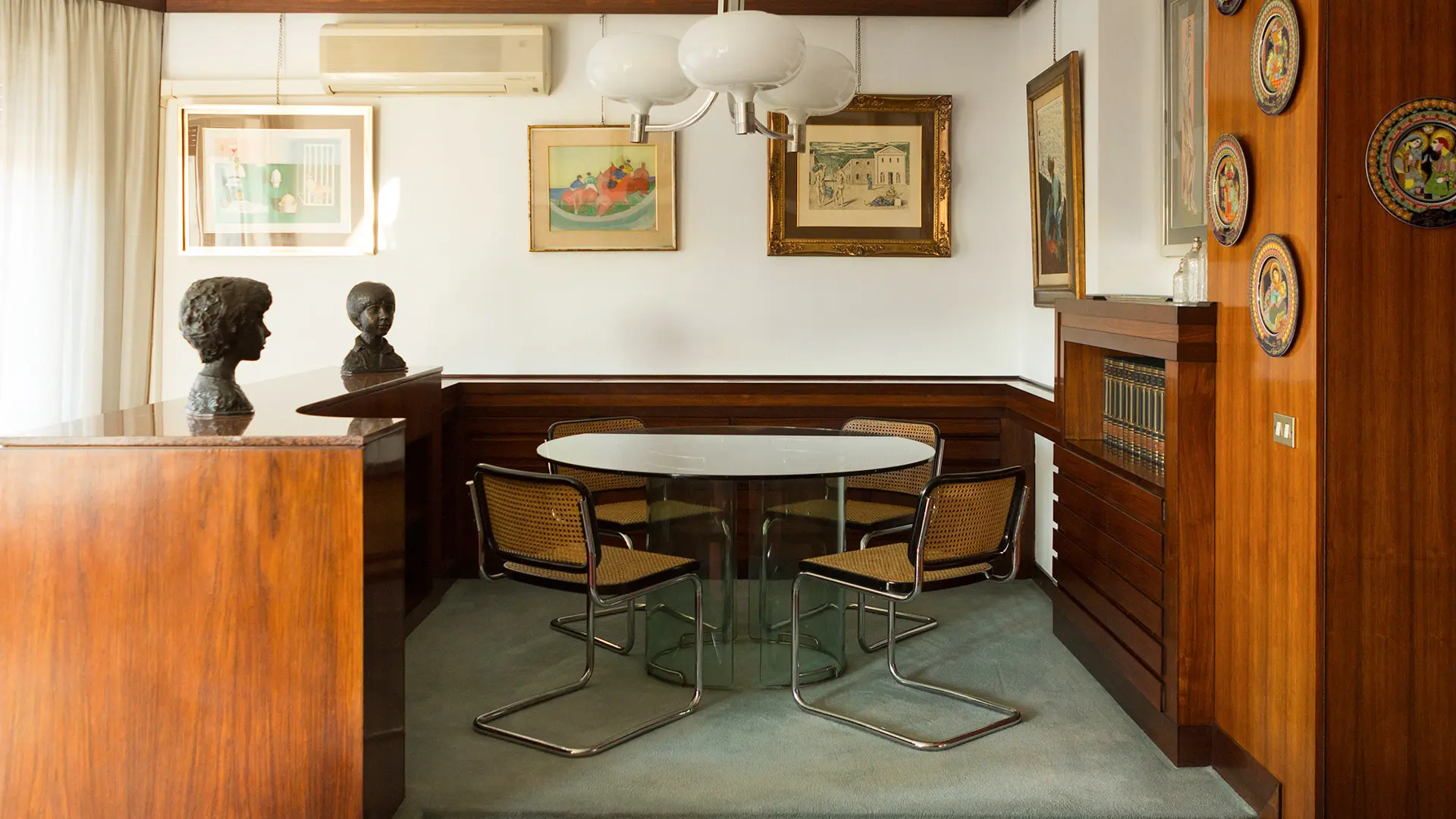
Anticamera Location
For those who have attempted to re-create the world, the sea, pure opportunity, has often been a destination and vehicle for the beyond. And also, because it is merely a volume, for those who seek the limits of linear photographic research, of identity.
What do a greyhound, Mahmood, a clock radio and a mouldy orange have in common? They are potential subjects of portraits; it is possible to extract them from their context in accordance with rules of composition, underlining and enhancing the characters by blurring or neutralising the background (the world). Men and women, famous or not; animals and objects; stages of matter that were considered obscene have become a diverse beauty: all these things have been the subject of portraits for time immemorial, or at least for centuries. Mattia Greghi's work lies in tracing this type of framing in such a way that even a charging iphone or a full wastebasket join the same formal series, both highlighted and made metaphysical. There is a similar dichotomy in the subjects: the interiors, the objects (the design), the familiar faces are markedly Milanese, at first glance they appear Milanese. Then there are beaches, coasts, sunsets that conjure up the ocean and overseas. Ambiguous physical space is transformed into double imagery: the first identified by the study of form, the second characterised by the detachment from superficial forms.
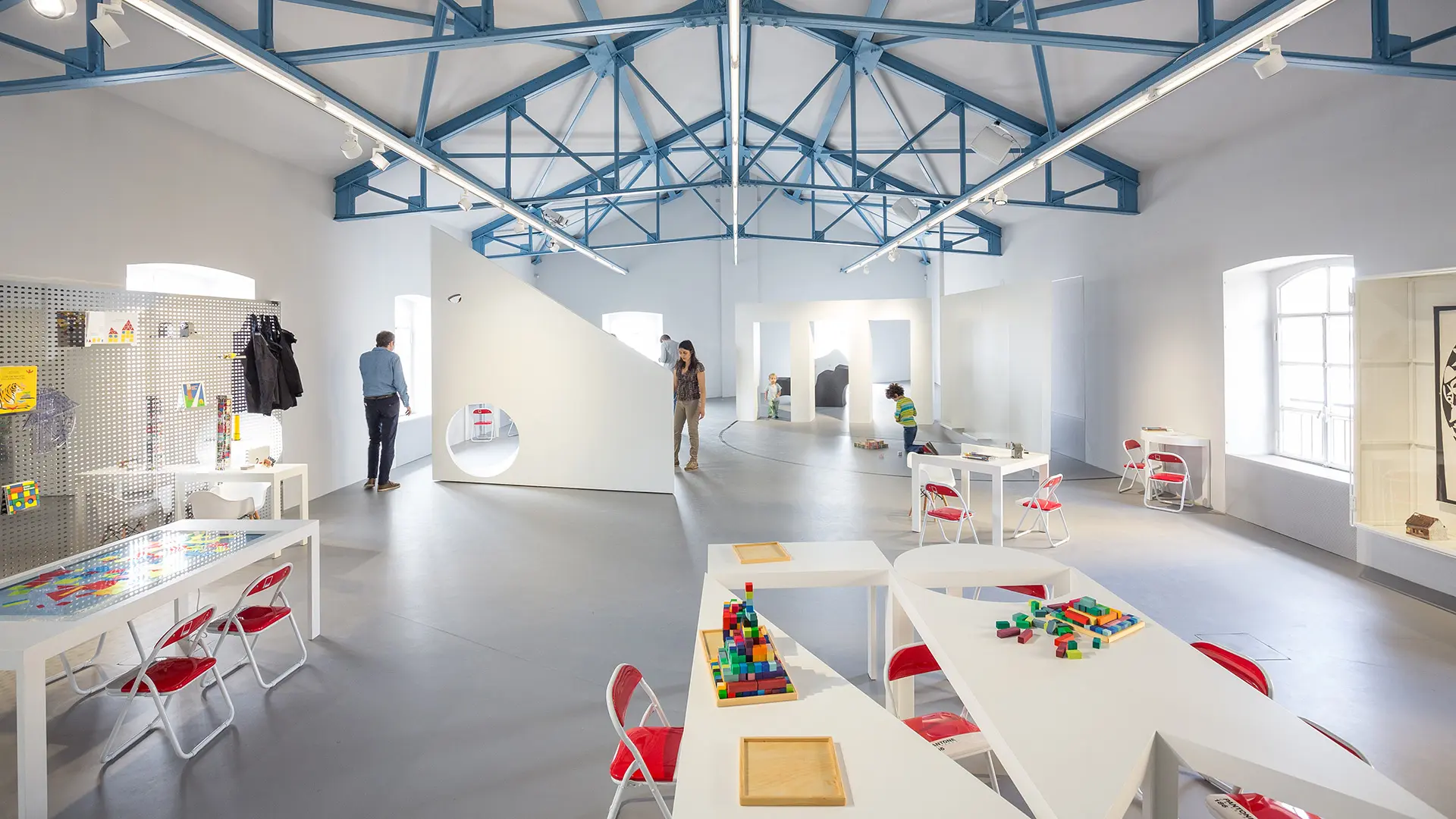
A play space is a serious matter
Not just fun places, but true places of social focus, where individuals gather, create bonds and build trust

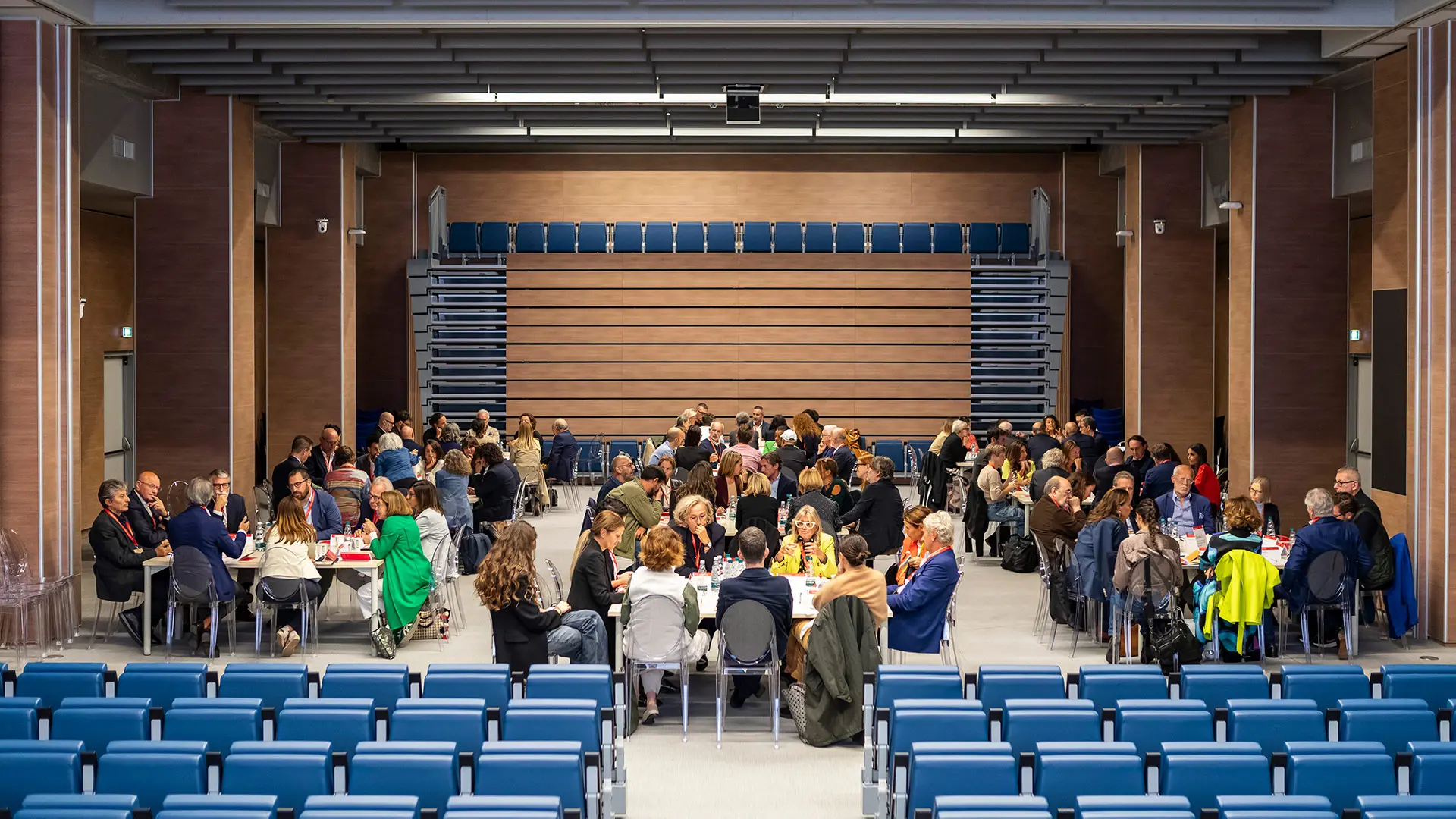
The second edition of the Roundtables on Milan Design (Eco) System
Discussions ranged from the role of cultural policies and training, the appearance of new publics and emerging practices, all the way to innovative networks between territories and design. This is an account of the day’s work on Thursday 25 September, as part of the research project promoted by the Salone del Mobile and the Politecnico di Milano



